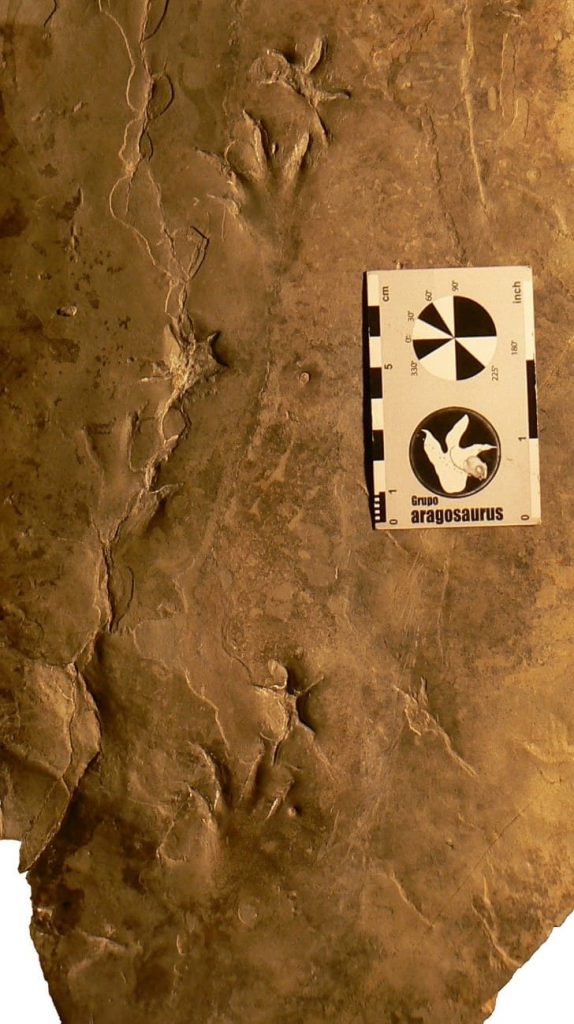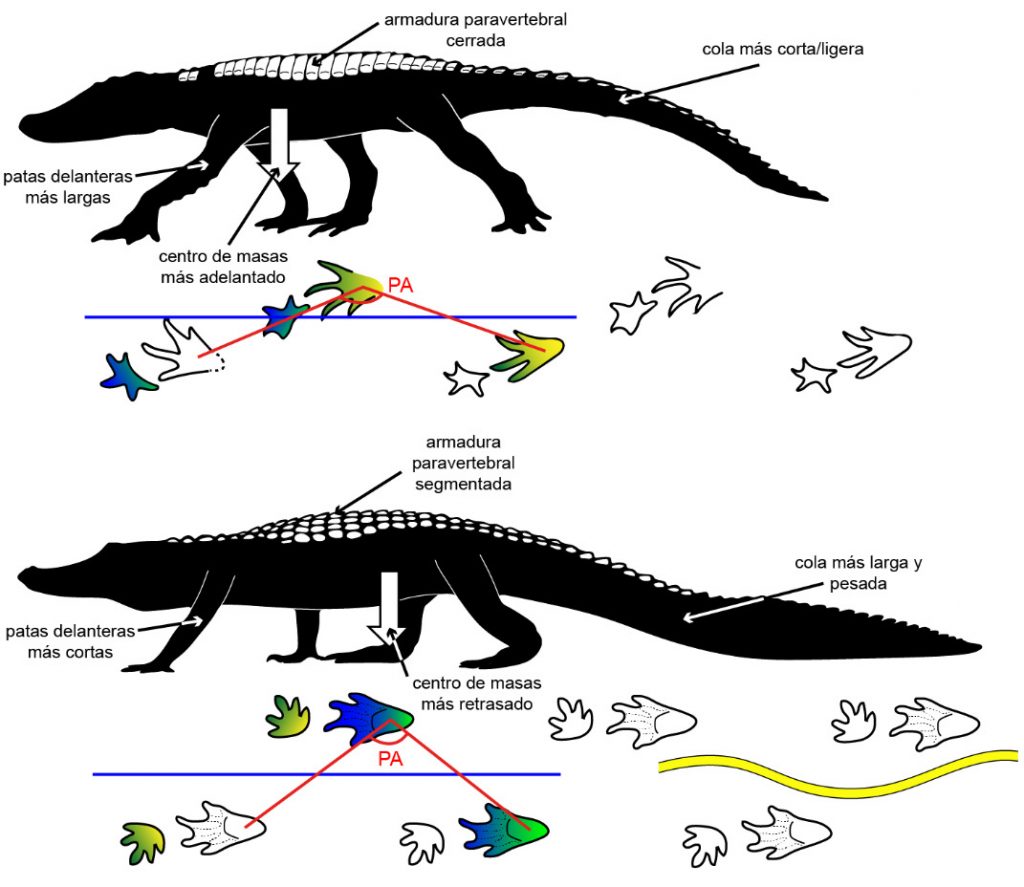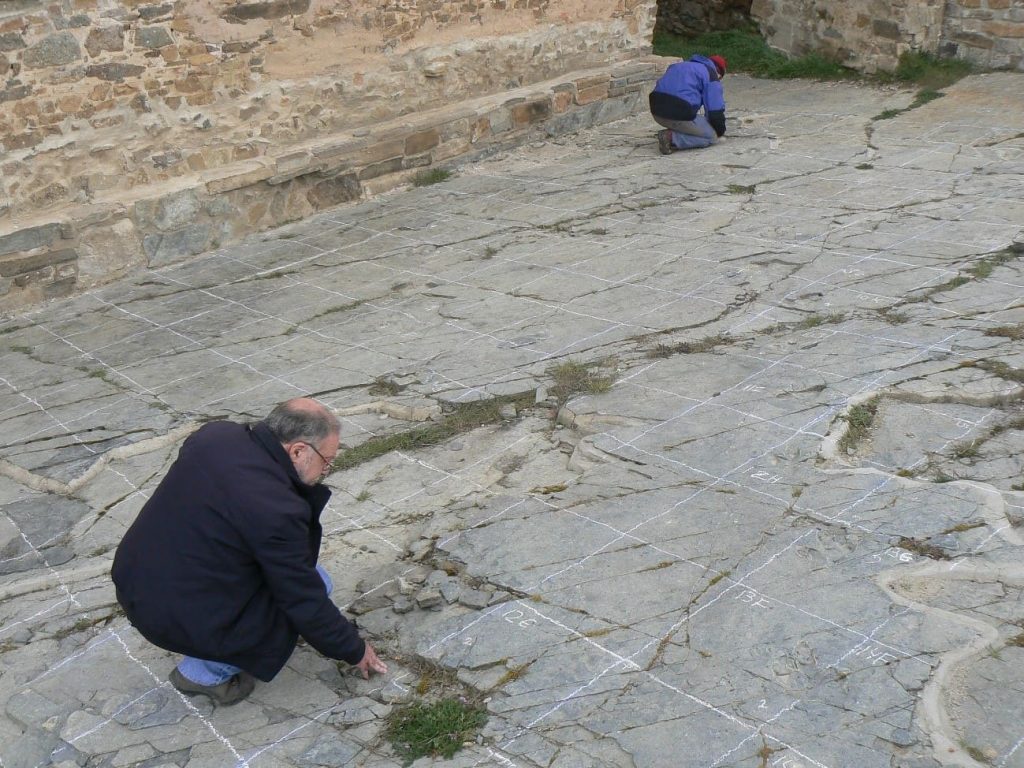
(Zaragoza. Monday, May 16, 2022). The crocodiles that lived with the dinosaurs walked in a more upright position and in a more agile way than the current crocodiles, according to the study by researchers from the Aragosaurus-IUCA group of the University of Zaragoza and the Miquel Crusafont Catalan Institute of Paleontology, which has just publish the Journal of Vertebrate Paleontology.
Footprints (fossil tracks) attributed to crocodiles are not very abundant in the world fossil record, but the province of Soria is an exception. Footprints of crocodiles that lived with the dinosaurs in the Lower Cretaceous, some 145 million years ago, have been found in this area of the peninsula. It is one of the few places on the planet where traces of these reptiles have been found.
Now, a research team from the Aragosaurus-IUCA group of the University of Zaragoza (UNIZAR) and the Institut Català de Paleontologia Miquel Crusafont (ICP) has analyzed the crocodile tracks known by the scientific name of Crocodylopodus, discovered in the town of Bretún ( Syria). Although these tracks were found more than 20 years ago, it was only recently that researchers studied their morphology in detail to clarify their differences and relate them to the way these animals move. The conclusions have been published in an article in the international Journal of Vertebrate Paleontology.
“Due to their shape, the tracks of these fossil crocodiles are very similar to those of current crocodiles, both in the marks of the hands and in those of the feet. However, some differences in the tracks caught our attention, that is, in the sequence of footprints they left behind when walking”, explains Diego Castanera, member of the Aragosaurus-IUCA (UNIZAR) group and ICP researcher who has led the study. Comparing them with traces of current crocodiles, they found that they were considerably narrower and with the feet and hands closer together. “Furthermore, they do not show marks from the tail, the gut or from the dragging of the limbs, something very common in current crocodile tracks,” Castanera points out.
Comparison of the footprints with a wealth of fossil and extant footprint data has led researchers to conclude that these extinct crocodiles walked in a more upright and agile manner than extant crocodiles.
Who has put the paw?
Most of the footprints studied are small, a maximum of 7 cm long, and it is estimated that they correspond to crocodiles of no more than one meter in length. What the researchers have not been able to answer is the presence of footprints of three different sizes. “It could be animals in different ontogenetic stages, that is, of different ages, or they could be due to sexual dimorphism, in which the tracks of males and females are of different sizes. Or it could even be that both circumstances occurred at the same time”, indicates Eduardo Puértolas-Pascual, a researcher at the University of Zaragoza and co-author of the study.
The authors have also compiled data on the species of crocodiles that inhabited the Iberian Peninsula in the Lower Cretaceous to try to determine which species is the author of the tracks. However, with the current data it cannot be concluded to which specific group of crocodiles they belong. “Although we think it would be some species within the group of crocodiles known as neosuchians, we don’t know exactly which subgroup or species produced them,” explains Púertolas-Pascual. There are several candidates, including Goniopholis, Atoposaurus or Bernissartia, which were the dominant ecosystems at that time. “What we do know is that the producer possibly had longer forelimbs relative to total body length, a more forward center of mass, and a lighter or shorter tail than moderns. These crocodiles would be better adapted for locomotion in terrestrial environments”, concludes the researcher.
This new study is one more example of the importance of footprints to reconstruct the locomotion of extinct beings and also a new example of the scientific importance of the Soria Highlands sites.



